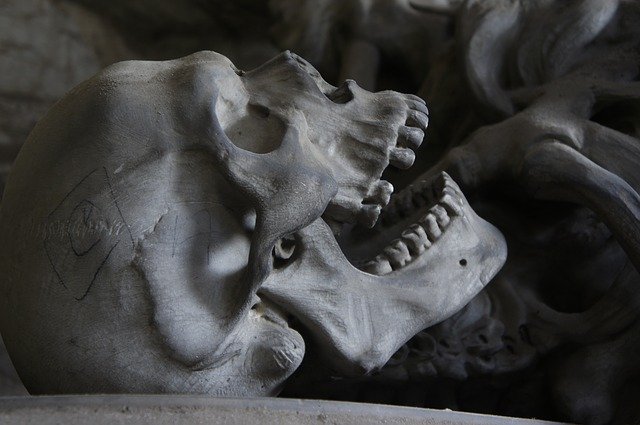A project by Dr Hella Eckardt and colleagues in Archaeology has found that Romano-British populations were much more diverse than previously thought. Using a combination of archaeological techniques, such as isotope analysis and ancestry assessment on a series of major Romano-British urban cemeteries (in particular in York and Winchester), the results suggest the presence of individuals with North African ancestry, second generation migrants and a wide range of origins represented among the communities. In contrast to the common assumption that only men in their roles as soldiers and administrators moved across the Empire, the evidence indicates that some women and children travelled considerable distances, too. These findings challenge popular perceptions of an essentially homogenous Roman population.
The research as shaped the design of York Museum’s Roman gallery and is being used to develop a Roman Mysteries and teacher’s resource pack in collaboration with children’s author Caroline Lawrence.
First published: June 2015
Find out more
Proving Britain’s long history of diversity (YouTube video 1m48s, Aug 2019)
Revealing the ethnic diversity of Roman Britain (research highlight, June 2019)
Bringing our immigration history to life (blog, March 2018)
Reading wins ‘Archaeologist of the Year’ once again (press release, Feb 2018)

